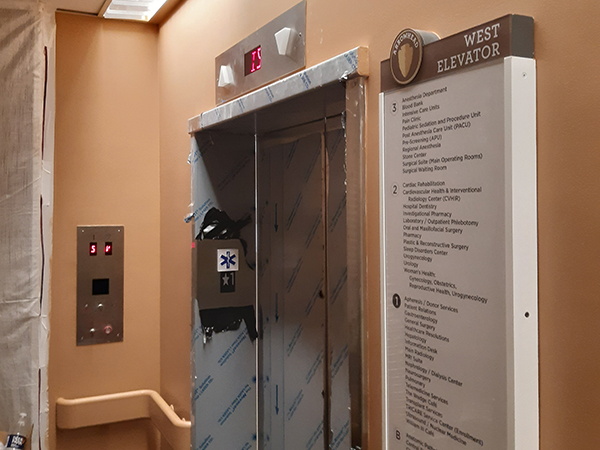In the realm of modern architecture and building management, the integration of sustainable practices has become more than a trend – it’s a necessity. Among the various aspects of building design, elevator systems play a crucial role in the overall energy consumption and environmental impact of a building. This article delves into the evolving landscape of sustainable elevator design, highlighting the latest green technologies and practices that are shaping the future of vertical transportation.
The Importance of Sustainable Elevator Design
Elevators are essential in modern buildings, especially in high-rises. They are no longer just a means of convenience but a critical component of a building’s overall functionality and energy profile. Traditional elevator systems, while efficient in their basic function of transportation, often fall short in terms of energy efficiency and environmental sustainability. However, the growing emphasis on green building practices has led to a revolutionary shift in how elevator systems are designed and operated.
Green Technologies in Elevator Design
Regenerative Drives
One of the most significant advancements in sustainable elevator technology is the adoption of regenerative drives. These systems work by capturing the energy generated when the elevator brakes and converting it back into electricity that can be reused within the building. This technology not only reduces the elevator’s overall energy consumption but also contributes to the building’s energy efficiency.
Energy-efficient Motors
The transition from traditional motors to more energy-efficient models like Permanent Magnet Synchronous Motors (PMSM) has marked a substantial improvement in elevator sustainability. PMSM motors operate with higher efficiency and lower heat generation, leading to reduced energy usage and longer operational life.
Advanced Control Systems
Modern elevator control systems are equipped with intelligent algorithms that optimize elevator routing and reduce wait times. These systems manage the elevator’s operation more efficiently, ensuring minimal energy waste during less busy periods while maintaining optimal performance during peak hours.
LED Lighting
Replacing traditional lighting systems in elevators with LED lights is a simple yet effective step towards sustainability. LED lights consume significantly less power and have a longer lifespan, reducing both energy consumption and maintenance costs.
Best Practices in Sustainable Elevator Design:
In addition to incorporating advanced technologies, there are best practices that play a pivotal role in enhancing the sustainability of elevator systems:
Aerodynamic Design
Modern elevators are being designed with aerodynamic features to reduce air resistance during movement. This design approach leads to smoother operation and less energy consumption.
Use of Eco-friendly Materials
The choice of materials used in elevator construction is shifting towards more sustainable options. Recycled and recyclable materials are being preferred to reduce the environmental footprint of elevator manufacturing and installation.
Regular Maintenance and Upgrades
Regular maintenance is critical in ensuring that elevator systems operate at peak efficiency. Upgrading older systems with newer, more energy-efficient technologies can significantly reduce a building’s overall energy consumption.
The Impact of Sustainable Elevators on Building Efficiency
Sustainable elevator systems contribute significantly to the overall energy efficiency of buildings. By reducing energy consumption and utilizing green technologies, these elevators support the building’s environmental goals and certifications, such as LEED (Leadership in Energy and Environmental Design). Furthermore, sustainable elevators offer long-term cost savings through reduced energy bills and maintenance costs, making them a financially viable option for building owners and managers.
The Future of Elevator Sustainability
The future of elevator design is intrinsically linked to sustainability. Innovations in material science, energy efficiency, and intelligent control systems are continually pushing the boundaries of what is possible in sustainable elevator technology. The integration of IoT (Internet of Things) and AI (Artificial Intelligence) in elevator systems is expected to further enhance their efficiency and sustainability.



